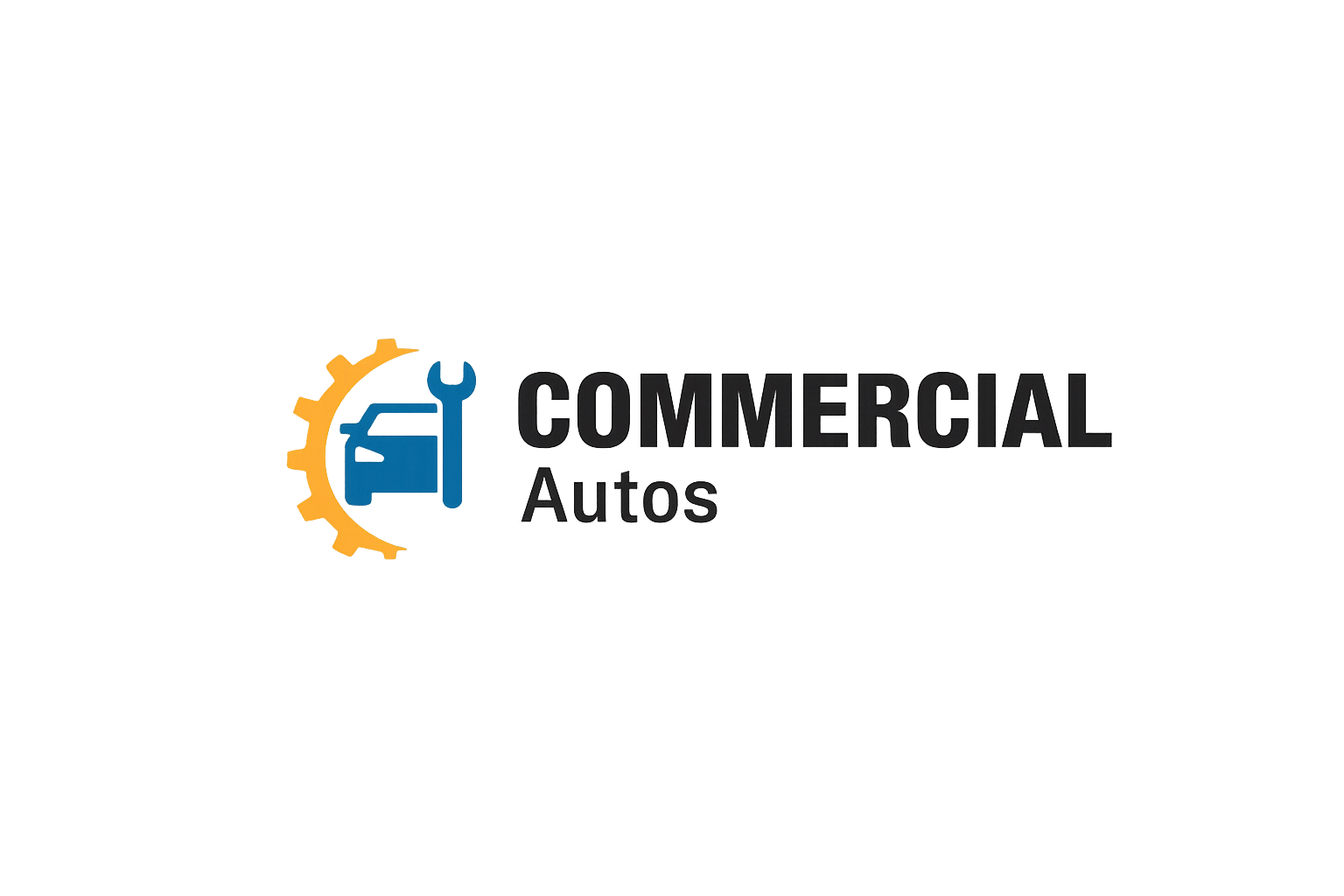Brakes are your car’s most important safety system. If you’re hearing new noises or feeling vibrations when you slow down, this guide will help you understand what’s happening—and when to book a service.
Quick signs you shouldn’t ignore (TL;DR)
Persistent squeal → Pads may be worn. Book this week.
Grinding → Pads likely gone; rotors at risk. Book now.
Vibration or steering shudder → Possible rotor issue. Book soon.
Pulling to one side / soft pedal / ABS light → Safety risk. Book now.
Why brakes make noise (and when it’s normal)
The harmless squeak
After rain or a wash, light squeaks can be caused by surface rust on rotors. This usually clears after a few stops.
The “time to replace pads” squeal
A high-pitched, consistent squeal often comes from the pad wear indicator touching the rotor. It’s a built-in early warning. Don’t wait for damage—replace pads soon.
The “stop driving” grind
Metal-on-metal grinding means the friction material has worn away and the backing plate is scraping the rotor. Driving like this can damage rotors and dramatically increase repair costs. Book an inspection immediately.
Vibrations & shudder: what they mean
Brake pedal pulsates under firm stops → Rotor thickness variation or heat spots.
Steering wheel shudders at highway speeds → Front rotors may be uneven or warped.
Whole-car shake → Check all four corners, wheel torque, and suspension bushes.
Other red flags to watch for
Car pulls left/right when braking → Possible seized caliper or uneven pad wear.
Soft or long pedal travel → Air or moisture in fluid, hose degradation, or master-cylinder issue.
ABS warning light → Sensor/tone ring/wiring fault; stability can be reduced on slippery roads.
Burning smell or a very hot wheel → Overheating brakes; needs urgent attention.
Simple, safe checks you can do at home
Brake fluid glance: Level should sit between MIN and MAX; very dark fluid often needs replacement.
Driveway scan: Look for fresh fluid around wheels.
Pattern log: Note when noises happen (speed, after rain, when turning). These clues speed up diagnosis.
(Skip any step you’re not comfortable with—brakes are safety-critical.)
What a proper brake inspection includes
Measuring pad thickness and checking for even wear
Inspecting rotor surfaces and measuring run-out
Confirming caliper slide/piston movement
Testing brake fluid condition and moisture content
Checking hoses/lines and parking-brake operation
Road test and, if needed, ABS scan for fault codes
When to book a service (clear rules)
Book now (urgent): Grinding, soft pedal, burning smell, car pulling, or ABS light.
Book this week: Persistent squeal or highway-speed vibration.
Routine: Add pad/rotor assessment and a fluid flush to your next logbook service (many vehicles need fluid every ~2 years—follow your manufacturer’s guidance).
How to make brakes last longer
Brake smoothly and leave space to reduce heat and wear.
Use engine braking on long descents—don’t “ride” the brakes.
Lighten the load in the boot; heavy vehicles stop hotter and wear faster.
Stick to logbook intervals so small issues don’t turn into big repairs.
FAQs
Are squeals always bad?
Not always. Moisture/rust squeaks can be normal after rain. A persistent high-pitched squeal usually means pads are near the end of life.
Do warped rotors always need replacement?
Not necessarily. If there’s enough thickness and the surface allows, machining may be possible. Your technician will measure and advise.
How often should brake fluid be changed?
Many manufacturers recommend around 2 years, but always follow your logbook. Moisture lowers boiling point and can cause a soft pedal.
ABS light is on but the car stops fine—can I drive?
Drive cautiously and book an inspection soon. ABS may not function in emergencies or on wet roads.
Need help in Epping, VIC?
Commercial Autos can inspect, diagnose, and repair brake issues, including pad and rotor replacement as well as ABS fault checks.
Book an appointment
Address: 13 Railway Rd, Epping, VIC 3076
Phone: 03 7044 6646 / 0426 670 876
Hours: Mon–Sat 6:00am–9:00pm (Sunday closed)
Email: repair@my-domain.net

